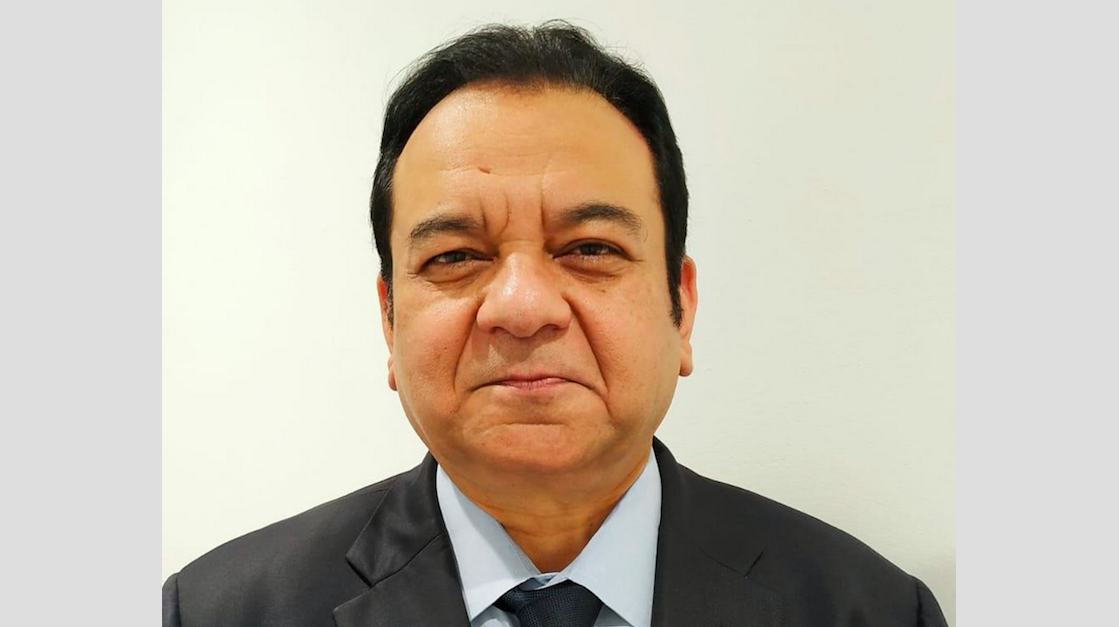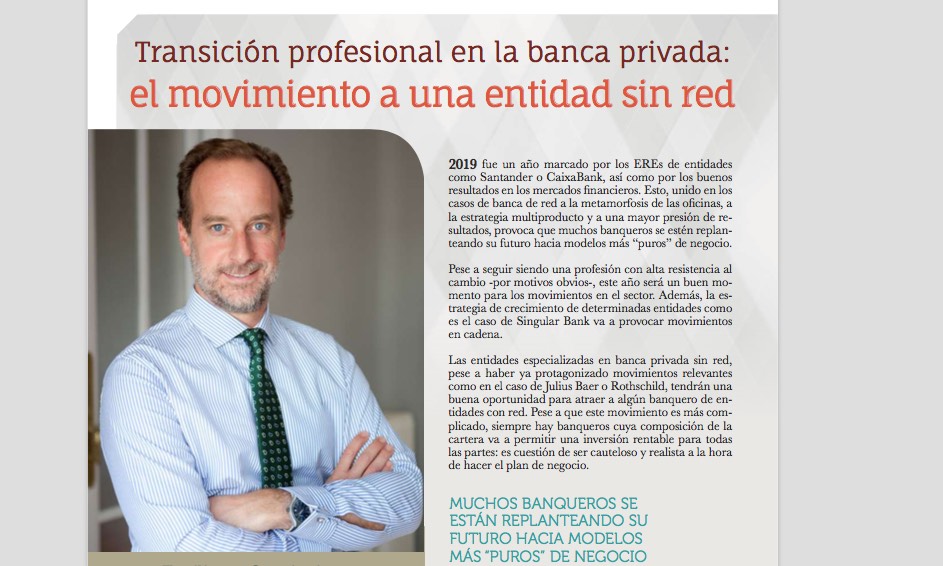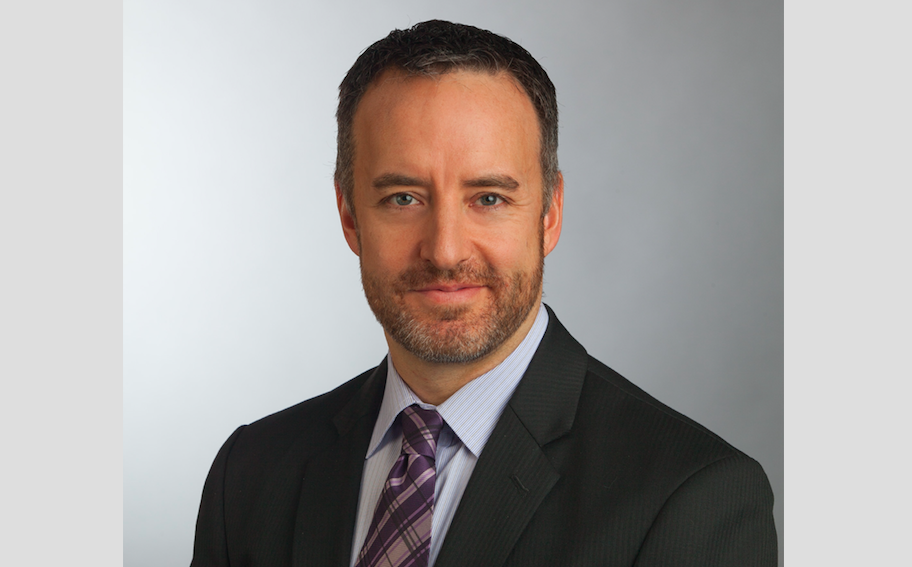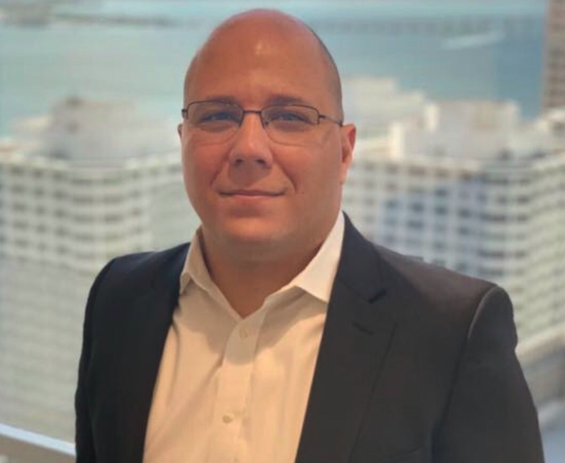Ángeles caídos: ¿qué oportunidades se presentan en el mercado de deuda high yield? (Parte II)
| Por Meritxell Sedo | 0 Comentarios

Hace tiempo que se habla del riesgo de que el gran aumento en el segmento de emisiones con calificación BBB pudiera provocar una oleada de ángeles caídos, bonos con calificación de grado de inversión que son rebajados a high yield. Este riesgo se ha visto acelerado con el impacto del brote de COVID-19 y el desplome de los precios del crudo: la economía global se encamina hacia una recesión y el crédito corporativo se verá inevitablemente afectado.
Según las estimaciones recogidas por Fidelity International, dentro del segmento BBB, se prevé que alrededor de 215.000 millones de dólares en bonos estadounidenses y 100.000 millones de euros en bonos europeos vean revisadas a la baja sus calificaciones hasta high yield en este año.
Por su parte, en UBS AM Iberia, adelantan que, aunque se prevé que la cifra absoluta de ángeles caídos en Europa sea inferior a la de Estados Unidos, si se compara con el tamaño de los respectivos mercados de high yield, se espera que el impacto de las rebajas en Europa sea mayor. Basándose en su análisis interno, UBS AM Iberia espera que el mercado de high yield de Europa aumente alrededor del 50%, mientras que en Estados Unidos el aumento sería de poco más del 25%.
Desde finales del mes de febrero, se ha comenzado a ver una nueva ola de ángeles caídos que rompe con algunos de los récords anteriormente registrados. En concreto, según apunta Nicolas Trindade, gestor de los fondos AXA WF Global Short Duration Bonds y AXA WF Global Credit Bonds, para el mercado de deuda con grado inversión denominado en dólares, marzo ha sido el mes con mayor número de recalificaciones a la baja en términos de volumen, aunque no en términos de porcentaje, debido al crecimiento que ha experimentado el universo de la deuda con grado de inversión durante los últimos años.
A lo largo de la última década, el valor nominal de los bonos con calificación BBB ha crecido de forma constante y a un ritmo mayor que el del mercado de deuda high yield. Así, en Estados Unidos, el volumen de los bonos con calificación BBB en circulación equivale actualmente al 70% de todo el mercado de bonos high yield estadounidenses. También, supone el 50% del universo del crédito con grado de inversión, una cifra excepcionalmente alta si se compara con el 20% que suponía durante la crisis de 2008.
En ese sentido, Pierre Verlé, responsable de deuda corporativa de Carmignac, puntualiza que incluso antes de la crisis del COVID-19, ya se percibía un importante riesgo. Se esperaba que, cuando el ciclo se diera la vuelta, los ángeles caídos pudieran provocar ventas forzosas para aquellos inversores que tienen ciertas restricciones en su rango de inversión, pudiendo producir un atasco en el mercado de high yield.
“La crisis del COVID-19 ha actuado como un catalizador del riesgo, pero el mercado ya ha fijado un nuevo precio para las emisiones con un débil grado de inversión, asignándoles unos diferenciales mucho más amplios”, afirma Verlé.
El riesgo de impago
En Carmignac esperan que, con el aumento del número de ángeles caídos, se incremente la tasa de impagos, otro riesgo que también cabía esperar que sucediera con la llegada de una recesión. Según la gestora de origen francés, lo que tendrá que ser monitoreado de ahora en adelante es la capacidad de los mercados high yield para absorber los potenciales ángeles caídos. Para comprobar esta habilidad, será necesario esperar unas semanas o meses, pues las agencias de rating suelen presentar algo de retraso con respecto a las condiciones del mercado.
Sin embargo, las potenciales rebajas en la calificación de deuda investment grade también pueden crear oportunidades si se realiza una adecuada selección activa de bonos, pudiendo proporcionar unos rendimientos atractivos a medio plazo. En términos generales, Carmignac cree que la relación riesgo-recompensa del crédito corporativo es ahora excelente, no obstante, dado que todavía se atraviesan las primeras etapas de la crisis y todavía hay poca información sobre las consecuencias específicas para cada empresa, recomiendan prudencia y partir de unos supuestos muy conservadores.
“En Carmignac, nunca tratamos de hacer timing al mercado, no se trata de invertir cuando el mercado toca fondo, sino de hacerlo cuando la remuneración crediticia supera con creces nuestras estimaciones del coste fundamental y del riesgo. Cuando los mercados de crédito están liderados por el miedo, se crean oportunidades fantásticas”, añade Verlé.
Para el inversor en renta fija, una recesión típicamente significa un fuerte incremento en la tasa de impago y un fuerte sesgo a la baja en las recalificaciones del crédito, superando en número a las recalificaciones al alza. En ese sentido, Mark Holman, CEO de TwentyFour Asset Management, la boutique de renta fija con sede en Londres de Vontobel Asset Management, afirma que no se sorprendería de ver una tasa del 10% de impago en 2020, y espera una ratio de 10 recalificaciones a la baja por cada recalificación al alza.
“La deuda con calificación CCC supone típicamente el 95% de los impagos, con la deuda con calificación B tomando casi la totalidad del resto de impagos. Pero, dada la naturaleza y causa de esta recesión, deberíamos ser también conscientes de que algunas empresas con calificaciones más altas podrían dar el salto al impago, antes de que sucedan las rebajas en la calificación. Habrá un tiempo para comprar las empresas con menores calificaciones crediticias, pero todavía no ha llegado ese momento, por lo que nos quedaremos con los nombres de mayor calidad por ahora”, comenta Mark Holman.
En la misma línea, Michael McEachern, gestor de Muzinich & Co, espera que las tasas de incumplimiento sean mayores, especialmente en el sector de la energía afectado por la caída de los precios del petróleo, pero otros sectores también estarán afectados por las medidas de la cuarentena, como las aerolíneas y el ocio. En su opinión, es probable que haya más ángeles caídos en 2020.
El comportamiento de los diferenciales
Los diferenciales del crédito se incrementaron significativamente durante el mes de marzo, pero ya rebotaron durante los primeros días de abril, a un nivel más ordenado, aunque sigue habiendo un elevado nivel de rendimiento de la deuda corporativa, que refleja el contexto económico.
Como ejemplo, Mark Holman menciona el comportamiento del índice de deuda Crossover, que por lo general se utiliza como una cobertura para los participantes de renta fija, se hallaba en los 210 puntos básicos en febrero, se disparó hasta los 700 puntos básicos en marzo, para después bajar a niveles de 530 puntos básicos a principios de abril.
Si bien es cierto que los diferenciales del crédito se han ampliado, Kristjan Mee, estratega en la división Research and Analytics de Schroders, puntualiza que no se acercan a los niveles alcanzados en el punto álgido de la crisis financiera mundial. Para alcanzar esos niveles, los diferenciales de la deuda high yield de mercados desarrollados tendrían que incrementar entre un 60% y un 170%, la excepción es el mercado de deuda emergente high yield, representado por el índice EMBI HY, cuyo diferencial se encuentra a solo 45 puntos básicos del pico alcanzado durante la crisis financiera.
Los sectores más afectados
Dentro del universo de la deuda corporativa, no todos los sectores se verán afectados con la misma intensidad. Por ejemplo, desde UBS AM Iberia señalan que el sector bancario está más saneado que en 2008; dispone de mayores reservas de capital y liquidez y, por lo tanto, se espera que dentro de la deuda bancaria subordinada se produzca una menor incidencia de este tipo de rebajas de rating hasta high yield. Además, en comparación con 2008/09, las entidades están en una posición mucho más robusta para apoyar a la actividad empresarial en estos tiempos difíciles.
Mientras que, en el lado de los sectores a evitar, desde Fidelity International indican que el sector energético es el que más riesgo de deterioro corre, ya que está en el epicentro del exceso de oferta y el choque en la demanda a causa del Covid-19.
La gestora señala que alrededor de 60.000 millones de dólares de deuda investment grade emitida por empresas que operan en los primeros eslabones de la industria energética ya han sido degradados hasta high yield, dentro de un volumen de alrededor de 90.000 millones de dólares en riesgo intermedio. A pesar de las considerables cifras que se manejan, se podrían producir más rebajas de calificaciones si el precio del petróleo se mantiene en niveles bajos.
Por último, desde Fidelity señalan que el sector automovilístico ya se adentró en el brote de coronavirus en una posición frágil. Como consecuencia directa de la actual crisis, Ford se convirtió recientemente en el mayor ángel caído de la historia. Varios emisores más de este sector corren el riesgo de pasarse a high yield y el valor nominal total de las emisiones degradadas podría ser grande si la agencia de calificiación S&P adopta un planteamiento más riguroso en sus calificaciones.



















